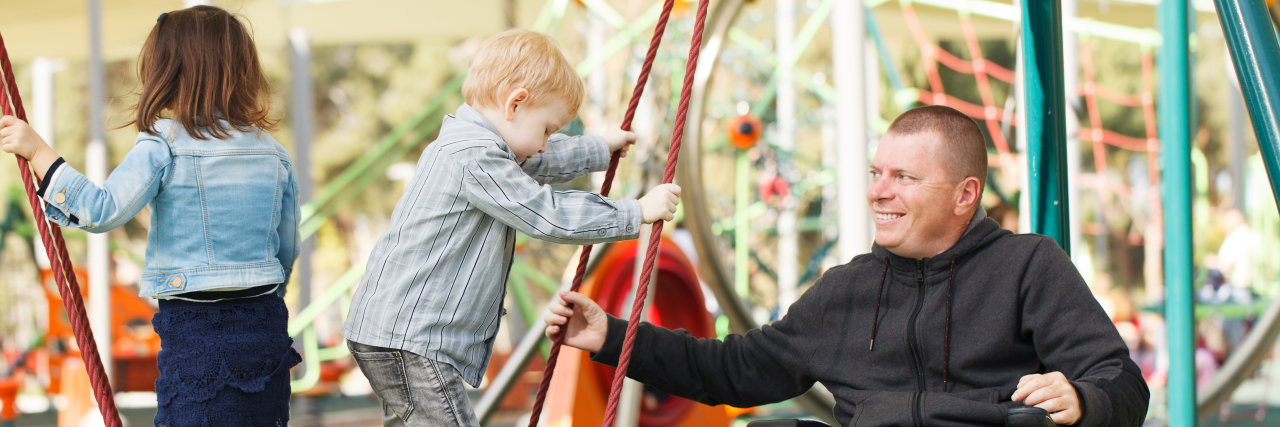How I'm Teaching the Next Generation About Disability as Someone With Cerebral Palsy
Living with cerebral palsy is all I’ve ever known. After all, I was born that way. At a very young age, I had to learn about my own condition. Why I am the way I am, what could be done to make things easier, and perhaps the most important and most difficult aspect — how to deal with the reactions of the people around me, whether that reaction was positive or unfortunately more often than not, negative. Why did people stare at me? Why did some people at my Little League games think I didn’t belong? I had no control over my disability.
As I gave these scenarios more and more thought, I concluded it wasn’t necessarily that people were purposely trying to be mean. It was more of a lack of knowledge and understanding than anything else. People tend to fear what is different from the norm.
Then I got to thinking. How do I, as a young successful person with cerebral palsy, do my part to raise awareness and hopefully shape the younger generation to be more understanding and accepting of people with not just cerebral palsy, but any physical or mental condition?
I think the best answer to this question is to simply live life on your own terms. It’s something I’ve tried my best to do for 32 years. Sure, the pain is chronic, I can’t hide my limp, and I have many other limitations. However, I am still blessed to be fairly independent. I used to see these things as a sign of weakness, but as I got older I became more comfortable in my own shoes.
I am blessed to have many friends and family who are considerably younger than me. Family is the easy part — they’ve all known me the way I am from day one. There is no real explanation needed. However, I have some incredible friends who also have young children. I can’t tell you how fortunate I am to have the privilege to be a part of their lives. To them, it’s normal that their “Uncle Matty” has leg or back issues. To their credit, they are all learning to adapt to what I am able to do with them over time. This is a testament to their parents more than anything I have done. And I am beyond thankful.
By the same token, I know I may be the only person they meet with my condition in their lifetime. Their friends may have questions; they may have questions themselves. I believe the best way I can help shape the next generation is to stay positive and keep living life in the same manner I have for 32 years. I’m learning and adapting every day. I hope in time it will help me answer any questions and give the best advice I can, no matter who I meet.
I believe the task of shaping our younger generation into a better understanding of people with disabilities falls on all of us. Those of us facing the challenges have to try to take the good days with the bad and remain as positive as possible. Today’s adults can do their part by having a simple conversation with their kids. It is important to remember that disability doesn’t mean weakness. We don’t want your pity — we want a chance to prove how strong we are.
To the families and friends fighting these battles with us, please know we are just the way we were meant to be. We just want to be included. The world is a cruel place, and there will probably always be individuals who think we don’t belong, and people who will point, stare and laugh. My challenge to them is this. Take the high road. Take a minute to acknowledge people with disabilities with simple things like a hello or a high five. I bet you will make their day, and most importantly, you will be setting an example for the people around you, both young and old. Hopefully, this will help change the mindset of today’s younger generation when it comes to the negativity that often surrounds disabled individuals.
Getty image by Mikanaka.

